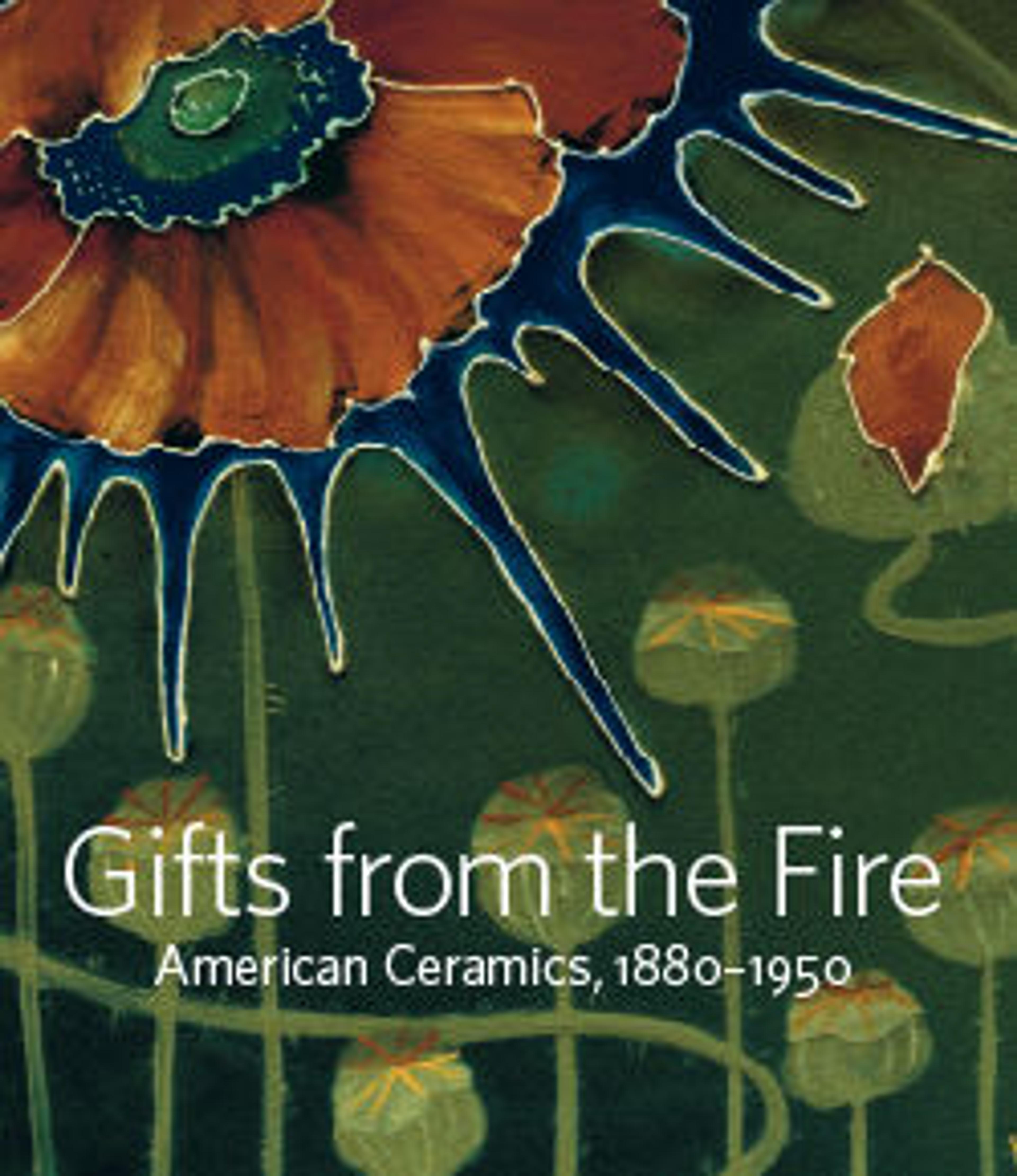Vase with farmyard scene
German-born Franz Wildenhain studied at the Bauhaus, where he worked with Laszlo Moholy-Nagy, and also studied with Paul Klee. While there, he met his future wife, Marguerite Friedlaender, who was one of the other potters at the Bauhaus workshop in Domburg. They were married in 1930, at which time they were at the pottery workshop at the State School of Applied Art at Burg Giebichenstein, Halle. The couple left Germany when Marguerite, being Jewish, was fired from her position, and the set up a pottery workshop in the Netherlands. When they finally immigrated to the United states, they joined the artists’ colony of Pond Farm, in California, north of San Francisco. Wildenhain moved to Rochester in 1950, now separated from his wife, and became a founding faculty member of the School for American Craftsmen at the Rochester Institute of Technology, where he likely made this vase.
Artwork Details
- Title:Vase with farmyard scene
- Maker:Frans Wildenhain (German, 1905–1980)
- Date:1947–50
- Geography:Made in Rochester, New York, United States
- Culture:American
- Medium:Stoneware
- Dimensions:H. 6 1/8 in.
- Credit Line:Gift of Martin Eidelberg, 2020
- Object Number:2020.64.189
- Curatorial Department: The American Wing
More Artwork
Research Resources
The Met provides unparalleled resources for research and welcomes an international community of students and scholars. The Met's Open Access API is where creators and researchers can connect to the The Met collection. Open Access data and public domain images are available for unrestricted commercial and noncommercial use without permission or fee.
To request images under copyright and other restrictions, please use this Image Request form.
Feedback
We continue to research and examine historical and cultural context for objects in The Met collection. If you have comments or questions about this object record, please contact us using the form below. The Museum looks forward to receiving your comments.
